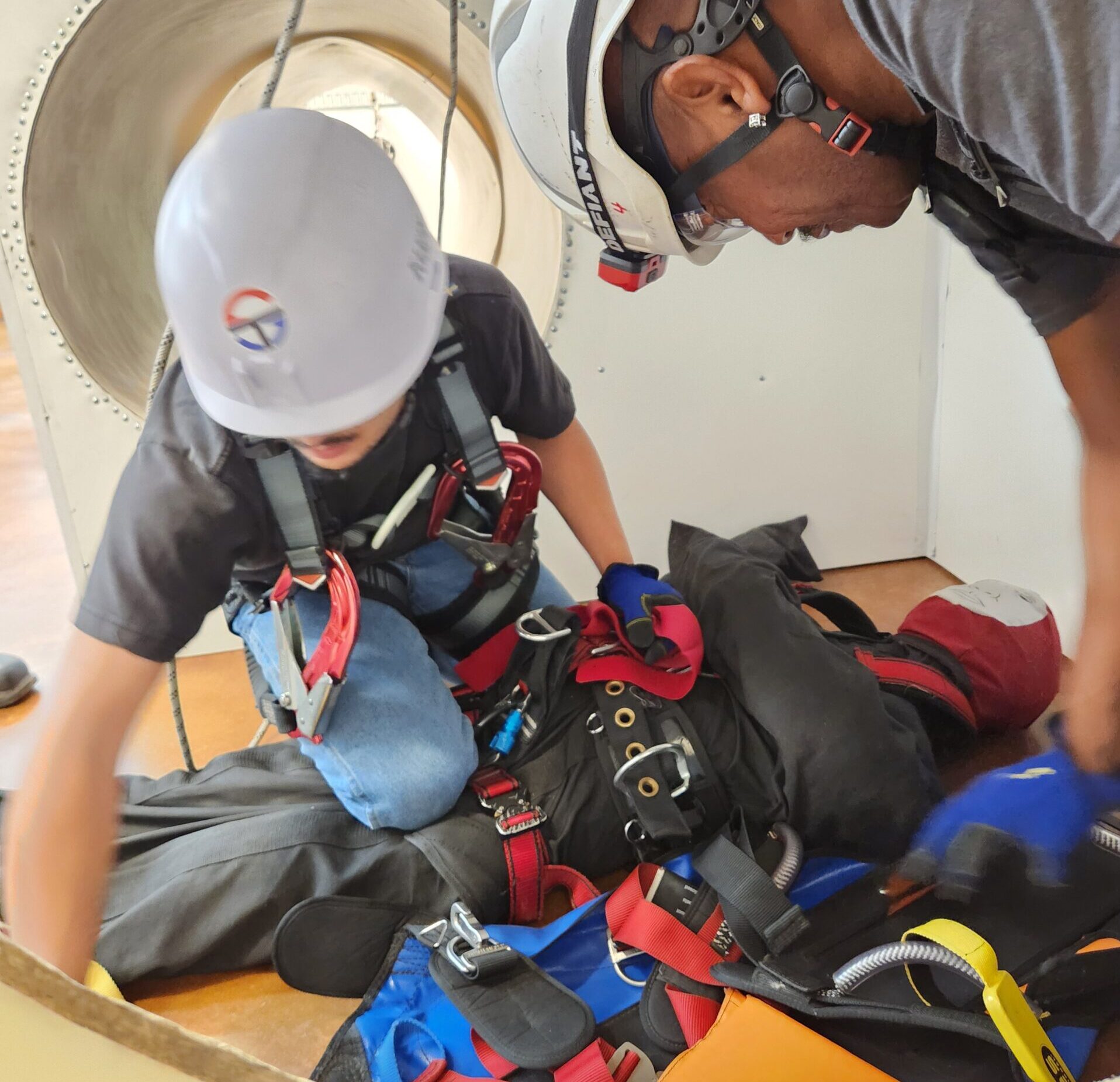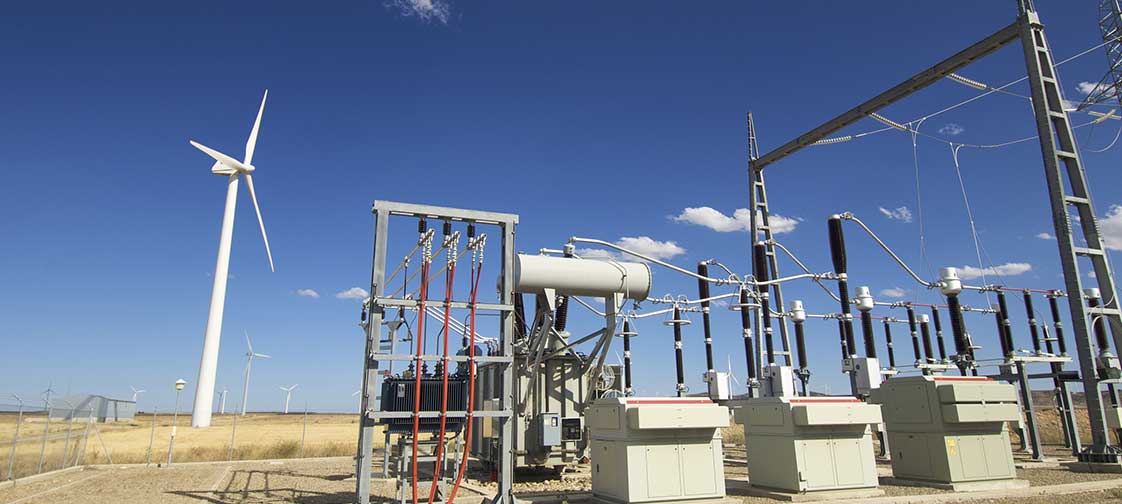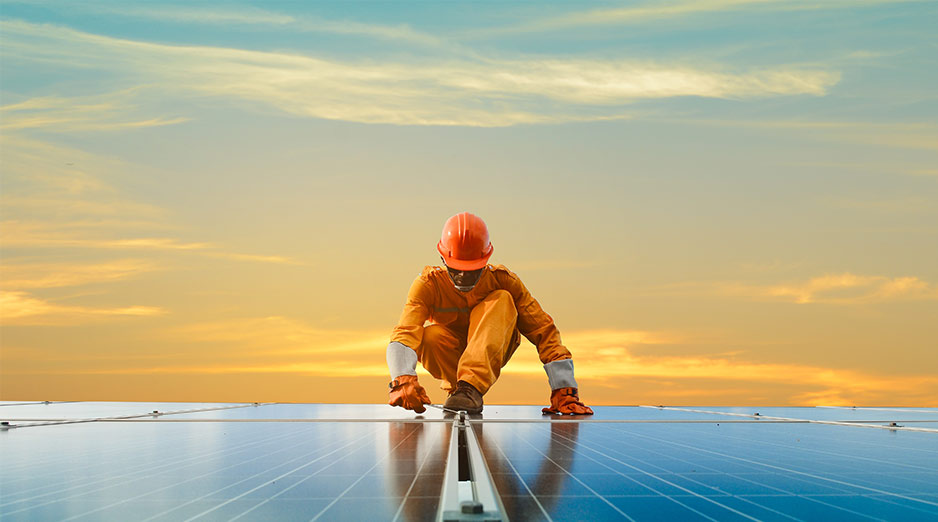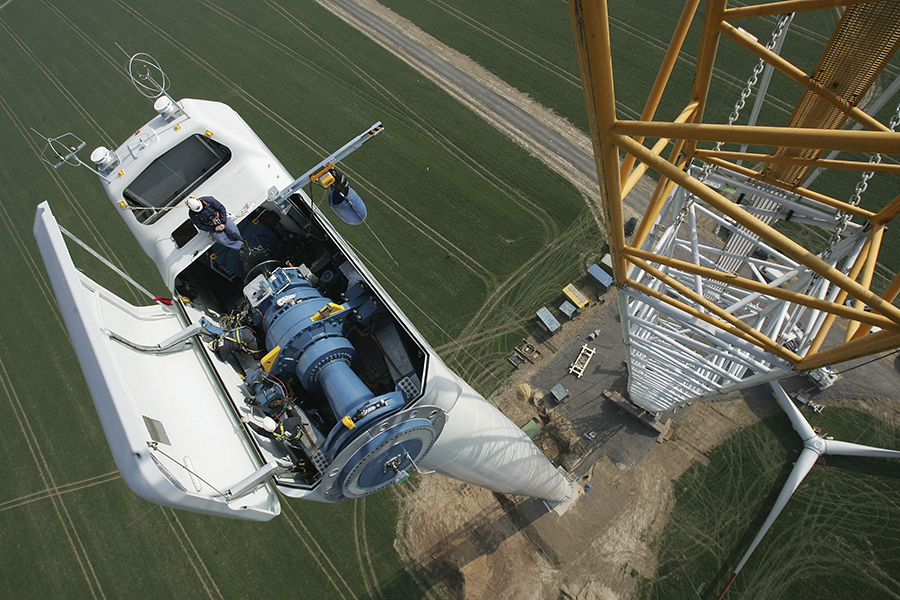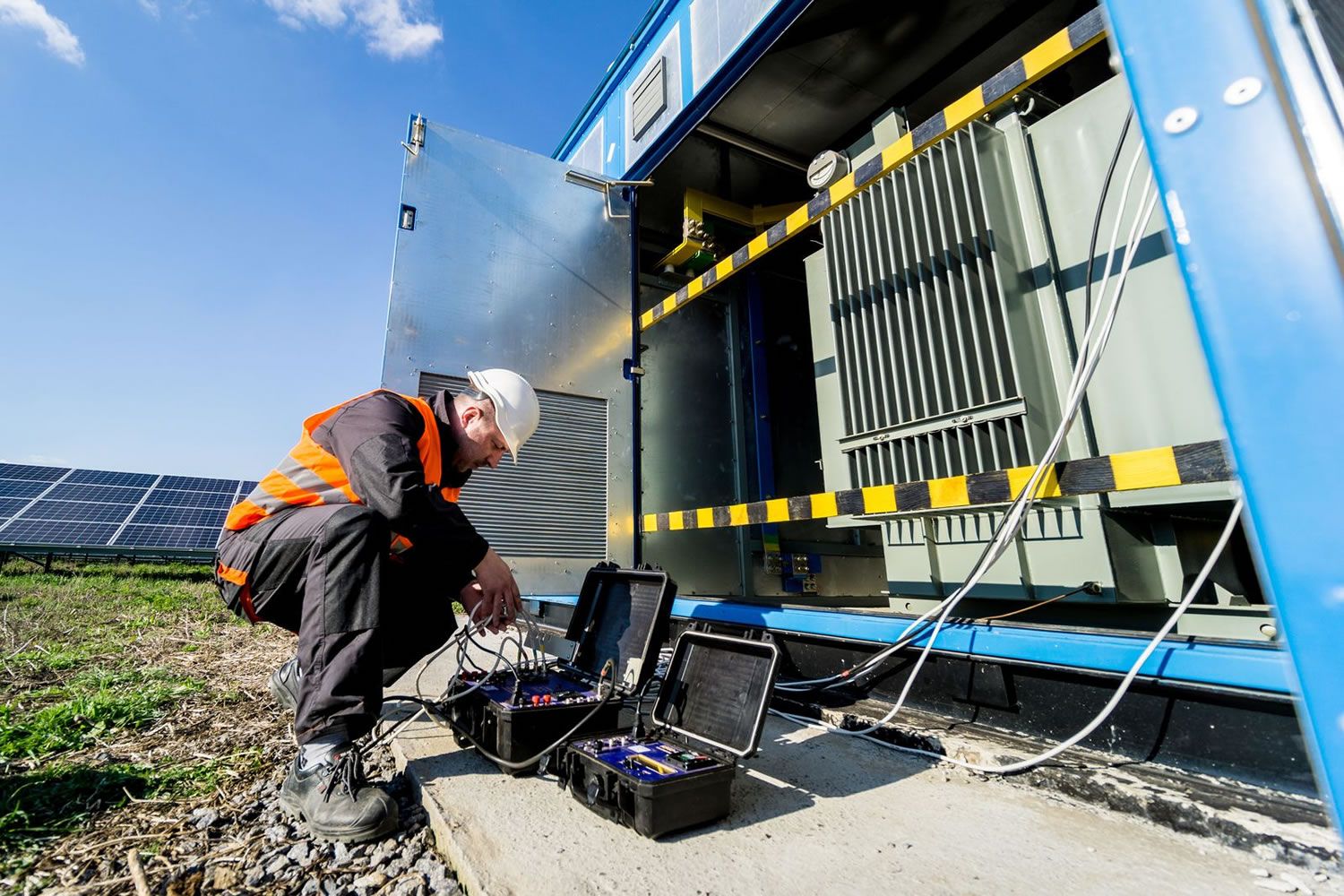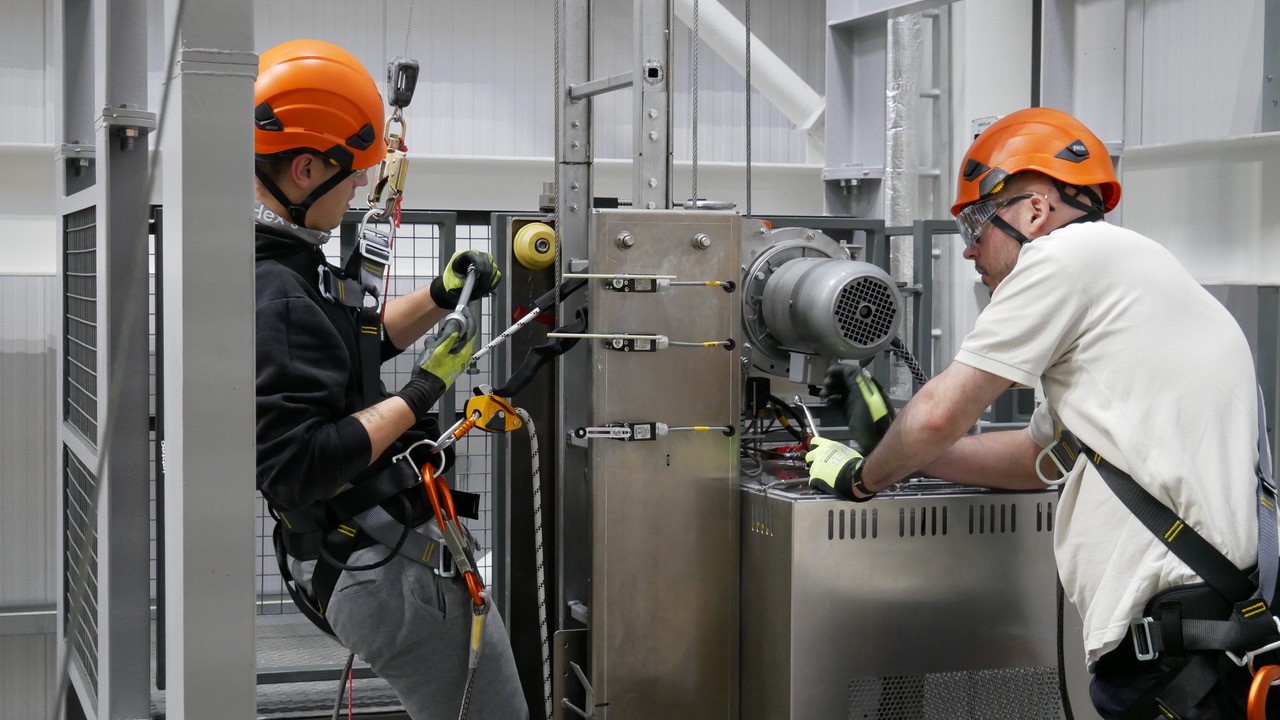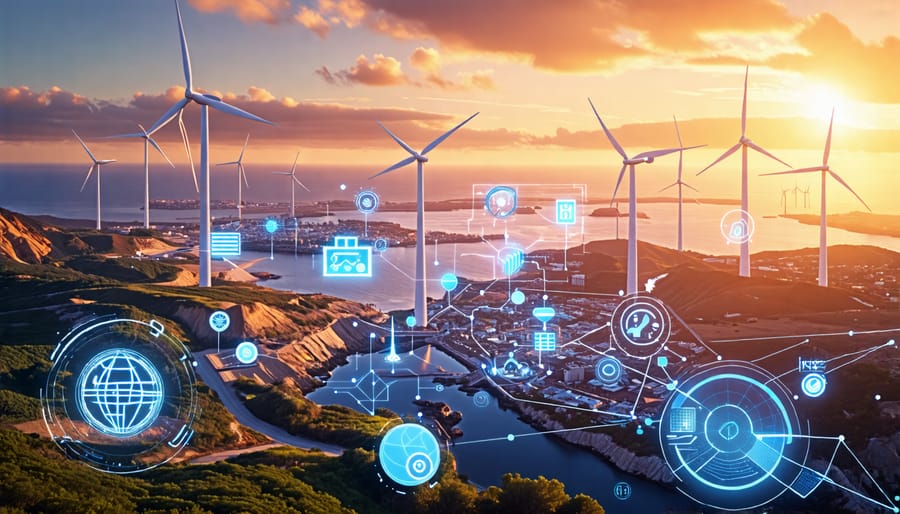As the clean energy sector continues its rapid expansion, the demand for skilled technicians who can safely and efficiently operate and maintain renewable energy installations has never been higher. However, the industry’s growth has outpaced the standardization of training programs, leading to inconsistencies in curricula and skill levels among technicians. Recognizing this critical gap, the Clean Power Institute (CPI) has launched the Certified Clean Energy Professional Program, aiming to establish uniform standards for technician competencies across the industry.
The Need for Standardized Training
Utility-scale clean energy sites are unique in their operations, often requiring fewer technicians to perform a diverse range of tasks without the specialized roles found in traditional power generation facilities. This multifaceted job scope necessitates a comprehensive and standardized training approach to ensure all technicians possess the requisite skills and safety awareness. Without standardized training, discrepancies in skill levels can lead to inefficiencies and increased safety risks on-site.
CPI’s Certified Clean Energy Professional Program
In collaboration with industry stakeholders, CPI developed the Certified Clean Energy Professional Program to set a consistent benchmark for the skills and competencies technicians should demonstrate. This program builds upon the American Clean Power Association’s (ACP) existing guidelines for entry-level wind, solar, and battery technician training, providing a structured pathway to certify technicians’ abilities in installing, maintaining, and troubleshooting clean energy technologies.
Certification under this program requires technicians to successfully complete hands-on assessments that simulate typical maintenance and repair tasks. These competency assessments are observed and validated by certified industry assessors, ensuring the integrity, quality, and reliability of the certification process.
STL USA’s Role in Advancing Standardized Training
At STL USA, we are committed to enhancing safety and operational excellence within the clean energy industry. Our Head of Training, Brandon McKelvain, brings over two decades years of experience in training technicians in safety, rescue, and technical courses. His extensive background encompasses business development, operations management, technical support, maintenance, installation, commissioning, and troubleshooting.
Building on this expertise, Brandon has qualified as an assessor under CPI’s Certified Clean Energy Professional Program. This qualification enables STL USA to offer assessment services to companies seeking to align their internal training programs with industry standards. By partnering with STL USA, organizations can ensure their technicians meet the standardized competencies required for effective and safe operations in the clean energy sector.
Benefits of Partnering with STL USA
Expert Assessment Services: With Brandon’s certification as a CPI assessor, STL USA is equipped to conduct thorough competency assessments, providing organizations with confidence in their technicians’ capabilities.
Customized Training Alignment: We assist companies in developing and refining their internal training programs to align with industry standards, promoting consistency and excellence across the workforce.
Enhanced Safety and Efficiency: Standardized training ensures that all technicians possess the necessary skills and knowledge, leading to safer work environments and more efficient operations.
Industry Recognition: Technicians certified under the standardized program gain recognition for their expertise, enhancing their career prospects and contributing to the industry’s overall professionalism.
Join Us in Raising the Bar
STL USA invites companies within the clean energy sector to collaborate with us in elevating training and safety standards. By aligning your internal training programs with the Certified Clean Energy Professional Program, you not only enhance your workforce’s competencies but also contribute to the industry’s collective advancement.
Together, we can build a more skilled, safe, and efficient clean energy workforce, driving the sector toward a sustainable and prosperous future.
Interested in learning more about standardized assessments?
Click the button to get in touch

